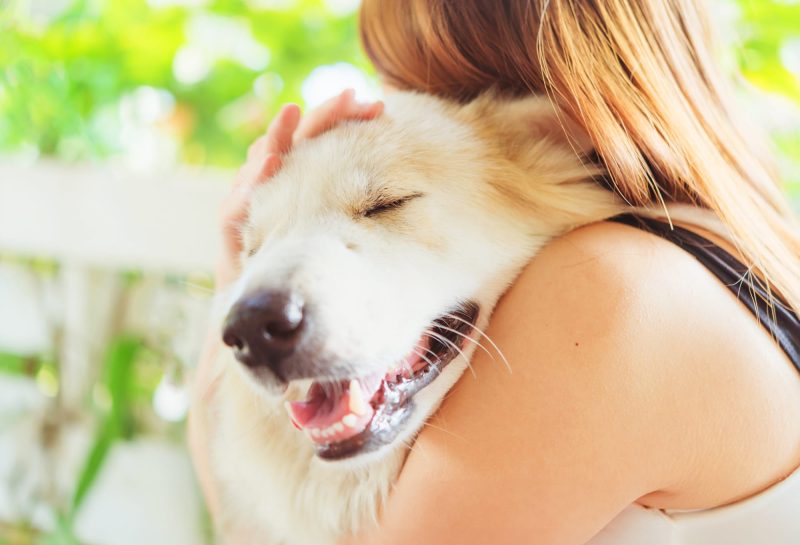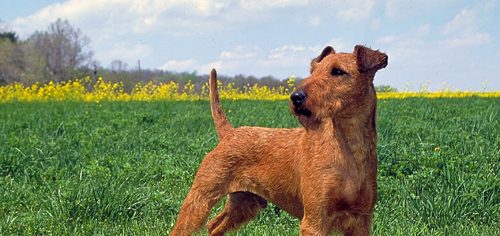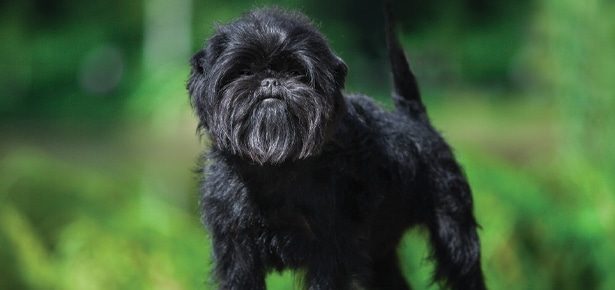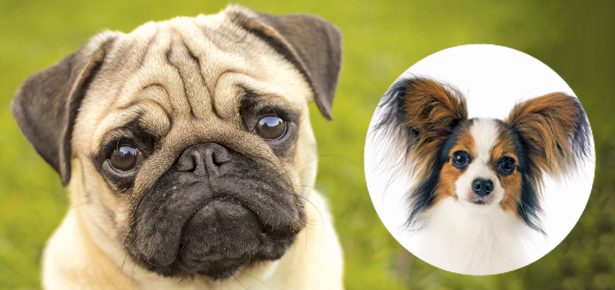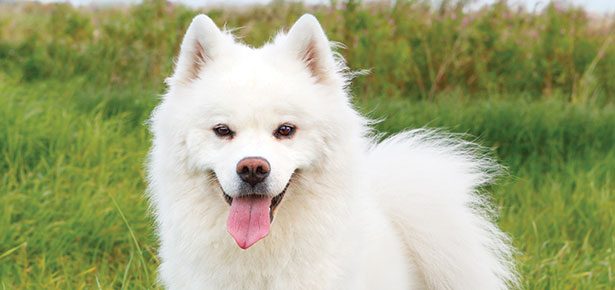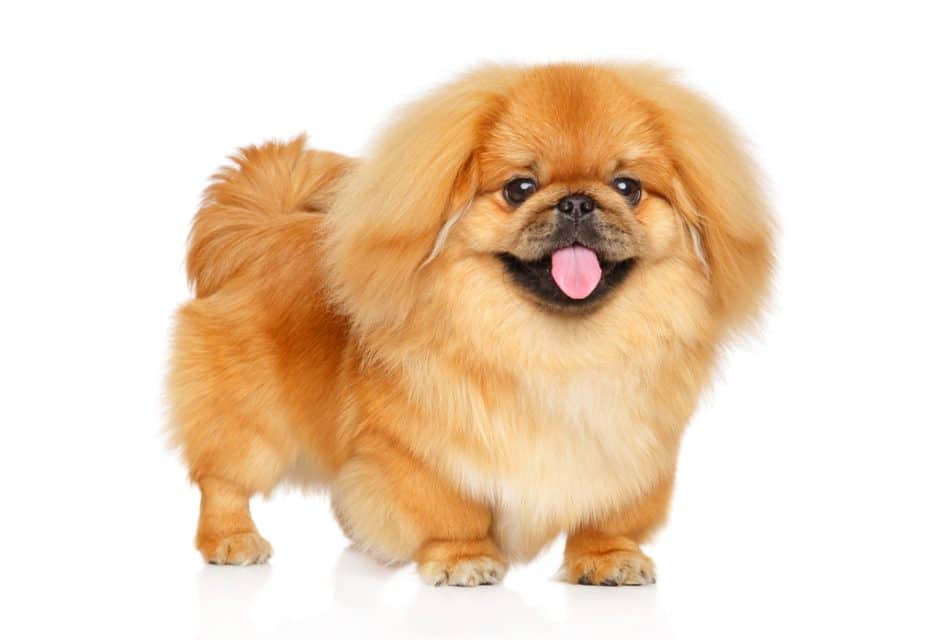
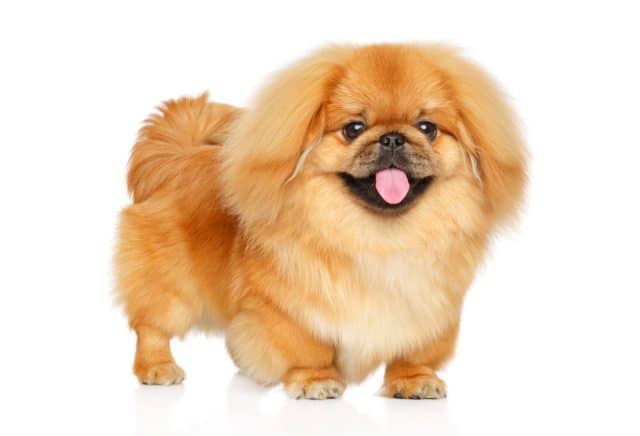
The Pekingese
From the palace to the people: The history behind a little prince of a puppy.
Once upon a time in a faraway land, there lived a great lion. The lion fell in love with the most unlikely romantic candidate: a marmoset. Yes, the tiniest monkey in the kingdom. In order for our lovesick hero to wed his chosen lady, he did what any beast in his position would. He had a chat with Ah Chu, the Chinese patron saint of animals, requesting that Ah Chu shrink him to the size of a pygmy. But he asked that he be able to keep his great lion spirit.
The lovechild of this mismatched affair-according to folklore-was the Lion Dog of China, otherwise known as the formidable, wrinkly-faced Pekingese.
Old urban myth aside, the breed has a history that dates back millennia. Collins Gem Dogs (2004) identifies the Pekingese as having the most ancient lineage of all Far Eastern toy breeds. The American Kennel Club (AKC) reports that the earliest known record of these dogs is traceable to China’s Tang Dynasty of the 8th century.
A favourite of the Chinese Imperial Court, the Pekingese was first bred to represent the spirit of Buddha and the dogs were frequently given titles such as “Viceroy” or “Imperial Guardsman.” In fact, it was the custom for emperors to select four to act as bodyguards on state occasions. (Stop laughing, it’s true.) Two would announce his approach with sharp, piercing barks, and two would hold the hem of his robe in their mouths. (No matter how big her possé, not even Mrs. Britney Federline has a bodyguard who will do that.)
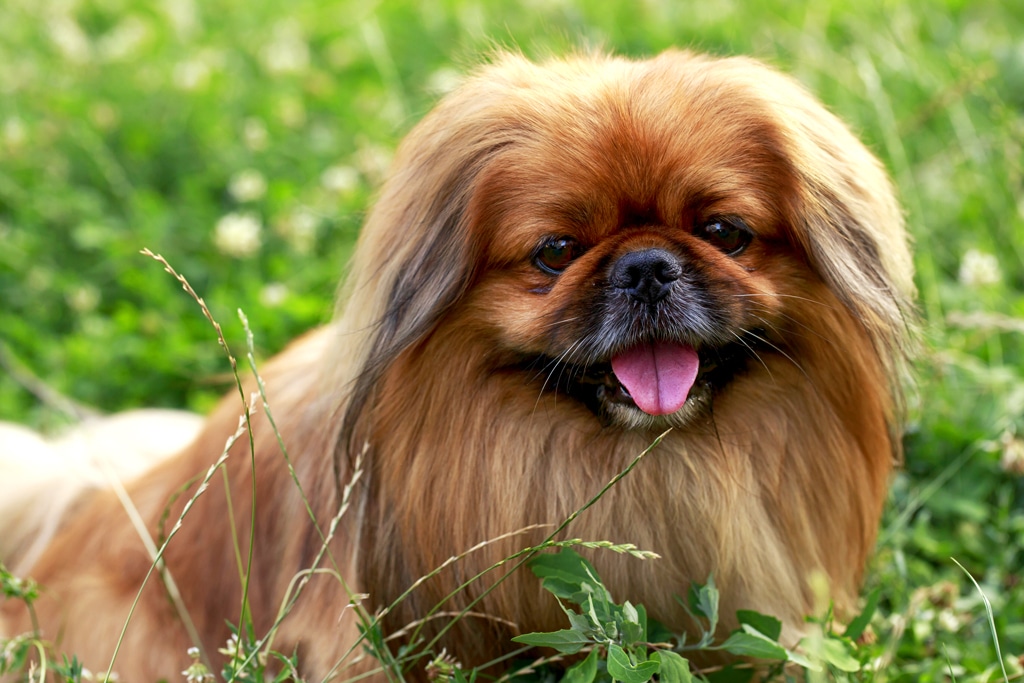
Kuzyk/Bigstock
During China’s Toa Kuang period from 1821-1851, Pekingese popularity reached its most manic height, and injury to one such Viceroy or theft of one such Guardsman was punishable by death. (“Put the Pekingese down. Back away from the Pekingese.”) While official records of pedigrees weren’t kept, Imperial Dog Books-complete with illustrations of the most attractive dogs-were used as a standard. Breeding theories were plentiful; however, pre-natal impression was the method most commonly practiced. Expectant Pekingese mothers were shown pictures of the most beautiful dogs several times a day and would sleep on sheepskins in order to encourage the desired profuse coat.
In 1860, when allied troops occupied Peking (now called Beijing), five Pekingese were found hovering beside their deceased attendants, who had committed suicide to avoid capture. One of these dogs was taken by a General Dunne and given to Queen Victoria, who named her new friend “Looty.” To this day, Looty’s portrait hangs on the walls of Windsor Castle.
The AKC first registered the Pekingese in 1906 and the Pekingese Club of America became a member of the AKC in 1909. The AKC breed standard describes the Pekingese as “a well-balanced, compact dog.” Its temperament is one of “directness, independence, and individuality” and its image is “lionlike,” implying dignity and boldness. While making an ideal apartment lapdog, this toy breed is anything but dainty. More stocky football player than feather-light ballerina, it stands a sturdy 6 to 9 inches high and is surprisingly heavy for its size, weighing up to 14 pounds. Courageous to the point of being ridiculous, the Pekingese is every bit the barky watchdog when necessary.
Most Popular Dogs in the US
According to the most recent AKC registration statistics (2022)
[1] French Bulldog
[2] Labrador Retriever
[3] Golden Retriever
[4] German Shepherd
[5] Poodle
[6] Bulldog
[7] Rottweiler
[8] Beagle
[9] Dachshund
[10] German Shorthaired Pointer
[96] Pekingese
As if genetically engineered for crown adornment, the skull is massive and flat. The face in profile is also flat and is perhaps the breed’s most recognizable feature. The muzzle, which undeniably creates the push-faced effect, is dark and broad and the folds of its wrinkled skin require careful cleaning. As well, teeth crowded into small mouths demand much in the way of proactive dental care to prevent early loss. Eyes are large, dark, and round. Ears are heart-shaped and lie flat against the head. The tail, slightly arched, is carried well over the back, free of curls or kinks. Long and coarse, the coat forms an impressive mane on the short, thick neck, and shoulders. Feathering over the ears, legs, and tail is reminiscent of Farrah Fawcett in days gone by.
Like many royals, your little prince will require much in the way of grooming. Although loyal, he is a bit aloof, and-like many members of the monarchy-born to command, not obey. His lifespan will be approximately 12 years.
China’s passionate love affair with the breed eventually came to an abrupt end in 1911. Court officials killed virtually all Pekingese upon the death of Empress Dowager Tsu Hsi, who had surrounded herself with the little “Lion Dogs” in order to gain prestige. Luckily, the Pekingese was already established in the West and was not lost to the world. It could be argued that the transporting of Looty and her friends was the single most important event to contribute to the happy ending of this fairy tale. Because, as any glance at a dog park near you will confirm, they continue to live happily ever after.
» Read Your Breed For more breed profiles, go to moderndogmagazine.com/breeds
Join the newsletter and never miss out on dog content again!
"*" indicates required fields
By clicking the arrow, you agree to our web Terms of Use and Privacy & Cookie Policy. Easy unsubscribe links are provided in every email.

